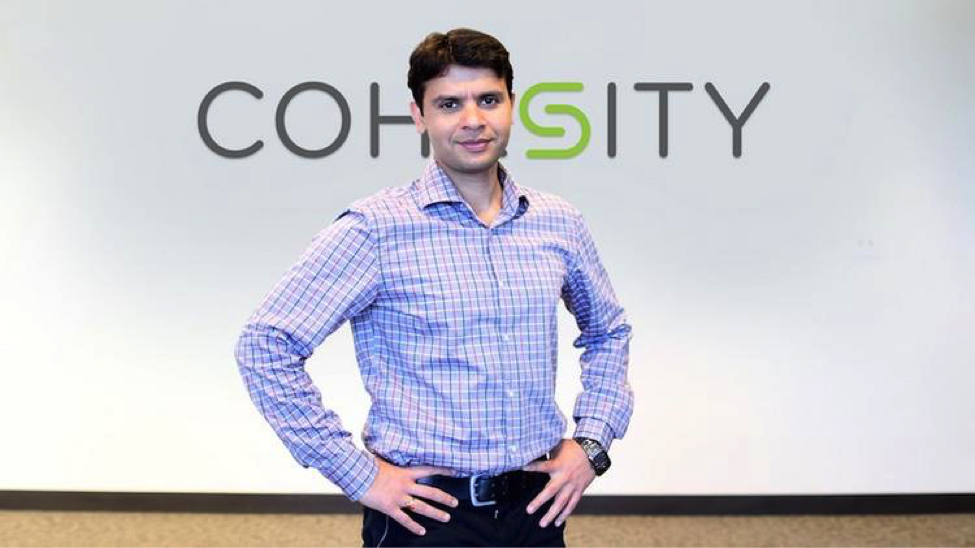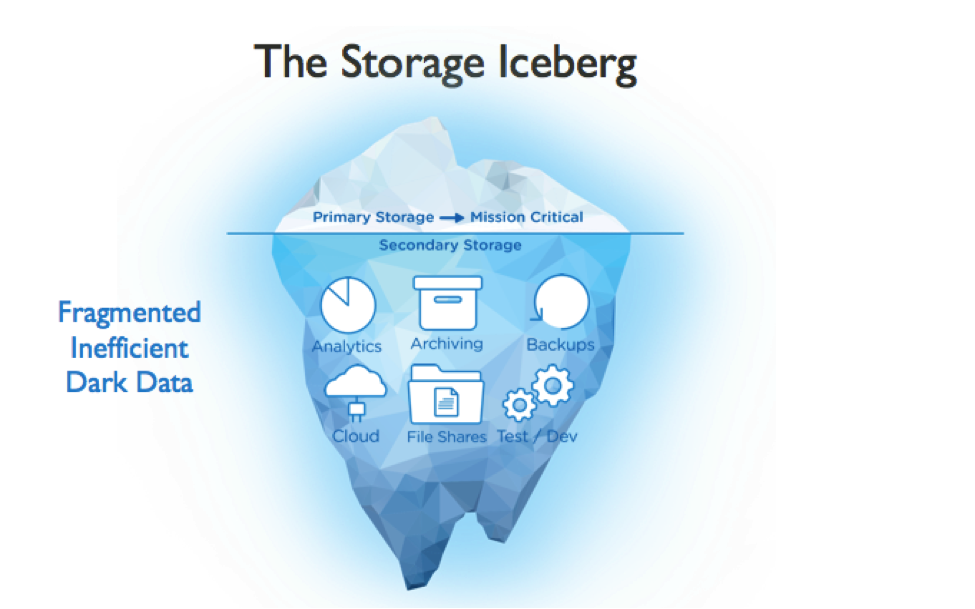Mohit Aron, computer science Ph.D. alumnus and founder of Nutanix and Cohesity, learned to think at Rice University. “In the latter years of my Ph.D., I realized that I had learned a way to invent knowledge, not just acquire knowledge–which you can get from reading books.”
The graduate program at Rice helped shape his later success as an entrepreneur. “People misunderstand the purpose of a Ph.D.,” he said. “You don’t just become an expert in a certain area. What I researched during my Ph.D. is now 20 years old and well-known.”
“What a Ph.D. really does is teach you to identify the right problem, find the right solution and learn the art of communicating your solution to the world. And you complete the sequence at a fast pace because you have to do it over and over to get your Ph.D.”
He advises students at all levels to take their time learning. “These days, a lot of students tend to short-circuit their studies because they are anxious to jump into industry or start up their own companies too early.
“Launching a career or a company is a lot like a big construction project; you can’t depend on discovering knowledge while you are building. Making mistakes causes you to work more, and people will lose faith if you keep making mistakes on the job. Spend the time learning before jumping. You can contribute a lot to the world; just acquire the necessary knowledge first.”
Because Aron learned to describe and solve problems, he doesn’t simply execute the ideas of others but plays an integral role in designing his team’s solutions. One of the problems he most enjoys thinking about is managing big data.
“I saw the data explosion building over time,” he said. “And when I was at Google, I saw firsthand how much data there is to process and how fast it is going. In any data center, the biggest problem is drawing insights from data. The bulk of my career has been spent dealing with how to more efficiently manage it.”
At Nutanix, Aron helped develop solutions for simplifying data center infrastructure, transitioning legacy hardware and systems into a hyper-converged infrastructure running on a single platform in a hybrid cloud environment. With Cohesity, Aron focused on the growth and management of secondary storage.
Primary storage solutions form the backbone of an organization’s production systems. Secondary storage is where groups store their backups, shared files, development environments and archived data, and where they run their analytics.
Aron likened the two sorts of storage to the visible and invisible parts of an iceberg. Although CIOs inquire about solutions for backups and consolidating data production, they form only a small part of the overall mass.
“Our customers call us about an icicle forming, just under the water’s surface,” said Aron, “and we can help them with that. But we also need to help them understand the larger problem that’s submerged far below the water line.”
He considers the problem of educating the market to be his company’s biggest challenge. “Whenever you build something new, something that no one has seen before, you have to educate the market. Consolidating secondary storage? If you haven’t thought about it, you haven’t budgeted for it. So we start small and help consolidate their data production and backups. Then we slowly educate them on their greatest problem: their entire secondary storage needs to be consolidated.”
Aron and his team publish videos, publications and blog posts to explain how secondary storage can be consolidated in a single, web-scale infrastructure.
“In the world beyond the university, you will be successful over the long term if you can set yourself apart from the crowd,” he said. “You don’t instantly run in the Olympics. You first train with a coach. Teaching and coaching are what grad school provides.”
The process of inventing solutions is comparable in research and industry. “What we do in research is come up with an idea or define a problem. Then we devise ways to solve that problem, and publish papers showing our solutions and results. To do all this, we need funding, usually in the form of grants from DARPA, NSF or other foundations.
“It’s not that different from launching a company, except that the funding comes from venture capitalists who think you can solve a business problem. You develop and sell your solution. If you got it right, your product is accepted in the market.”
One major difference between research and a startup is the speed of change. “You may be able to spin up a research paper in three months,” Aron said, “present at a conference and then go off in a new direction. But a company takes a lot longer. You still go very deep into your work, but you can’t just jump into a new area in three months.”
Mohit Aron’s advisor was Peter Druschel; he completed his M.S. in 1998 and his Ph.D. in 2001.

